During the spring crop sowing period, the cold weather caused many difficulties. However, from March onwards, the weather has been relatively favorable, with light rain and drizzle alternating with warm sunny days, creating favorable conditions for rice to grow and develop well. Currently, most of the rice fields have entered the stage of standing and forming panicles.
The 4 sao of rice of Mrs. Luu Thi Xuan's family in Cay Tho village, Duc Ninh commune (Ham Yen) is doing very well. According to Mrs. Xuan, the rice is in the standing stage and is expected to start heading at the end of April. Compared to last spring crop, the beginning of the crop was difficult due to prolonged cold weather affecting the rooting process of the young rice.
From March until now, the weather has been relatively favorable, the irrigation water source has been provided sufficiently, especially the two "golden" rains at the end of March and the beginning of April have helped the rice plants to grow visibly. Ms. Xuan shared that the rice is in the standing stage (forming and nurturing panicles) and needs to be supplemented with nutrients. With her experience as a farmer, she combined the three types of fertilizers including nitrogen, phosphorus and potassium. According to Ms. Xuan, combined fertilization will make the rice flowers firmer, the plants will be stronger and less likely to fall when encountering rains accompanied by strong winds in late April and May.

People in Oang village, Dao Vien commune (Yen Son) spray pesticides to prevent rice blast disease on spring rice.
Farmers in localities in the province are also actively visiting their fields, focusing on care and waiting for the spring rice crop. Mr. Nguyen Thanh Long, Oang village, Phu Thinh commune (Yen Son) shared that rice is in the earing stage and is very sensitive to the weather as well as pests and diseases. To protect spring rice, Mr. Long regularly visits the fields to closely monitor the growth and development of the rice plants, promptly handling pests and diseases when they are detected. According to Mr. Long, spring rice is growing very well, but there are also scattered rice tops and leaves showing signs of rice blast disease. To prevent the risk of disease spreading, Mr. Long proactively uses special medicine and sprays to prevent it.
Comrade Nguyen Thanh Long, Deputy Director of the Provincial Department of Cultivation and Plant Protection, said: Through actual inspection, the main spring rice area is in the stage of standing and forming panicles, with late rice in the final stage of rapid growth and standing. This is an important and necessary time for caring for and fertilizing rice plants, because fertilizing at this time will ensure adequate nutrition from the beginning for both female and young panicles during the process of panicle differentiation and panicle growth. Moreover, fertilizing to welcome panicles largely determines the yield of rice because this is the period that determines the number of grains/flower.
To ensure a bumper crop, the provincial Department of Crop Production and Plant Protection has issued an official dispatch directing specialized departments to closely coordinate with local authorities to guide farmers to focus on weeding rice, maintaining a sufficient and stable water level in the fields; fertilizing to welcome the panicles with 2 - 3 kg of potassium and about 0.5 - 1 kg of urea/sao; if the rice grows and develops poorly, farmers need to add about 0.5 - 1 kg of nitrogen.
In addition to fertilizing, farmers should pay attention to cleaning the grass banks to limit pests from residing and causing harm to rice because the weather is changing seasons, cloudy sky, few hours of sunshine are ideal environments for pests and diseases such as: Bacterial stripe spot, thrips, leaf rollers, stem borers, brown planthoppers... to develop and cause harm. The Department has investigated the fields and found that the pests: shoot flies, small leaf rollers, stem borers, brown planthoppers and white-backed planthoppers, blast disease, brown rice blast... have appeared sporadically, even in some areas there has been a high density with pests from 3 - 5 individuals/ m2 , diseases are 3 - 5% m2 .
Particularly with rice blast and brown spot, there have been localized rice infected spots with 10-20% disease/m2 in Ham Yen and Yen Son districts. While rice blast is the most dangerous disease for rice plants during the heading stage, if preventive measures are not taken immediately, it will spread rapidly, seriously affecting rice productivity and output.
To prevent rice blast disease, the provincial Department of Crop Production and Plant Protection recommends that farmers closely monitor the disease progression on rice plants and immediately spray the following pesticides: Golden Rice 20 WP, Trizole 20WP, Nativo750 WG... For other pests such as thrips, leaf rollers, stem borers, and brown planthoppers, farmers use the following pesticides: Regent 800WG, Actara 25WG, Padan 95SP, and Oturs 5SC... The use of pesticides must comply with the instructions on the packaging and ensure appropriate quarantine time to avoid waste and protect the environment.
At this time, people need to regularly visit the fields, closely monitor the growth and development of rice; follow the recommendations of the professional sector, take care, and effectively prevent diseases, ensuring a successful spring crop.
Source


![[Photo] Many practical activities of the 9th Vietnam-China border defense friendship exchange](https://vstatic.vietnam.vn/vietnam/resource/IMAGE/2025/4/16/3016ed3ef51049219574230056ddb741)
![[Photo] Opening of the 4th Summit of the Partnership for Green Growth and the Global Goals](https://vstatic.vietnam.vn/vietnam/resource/IMAGE/2025/4/16/488550ff07ce4cd9b68a2a9572a6e035)

![[Photo] President Luong Cuong receives Ethiopian Prime Minister Abiy Ahmed Ali](https://vstatic.vietnam.vn/vietnam/resource/IMAGE/2025/4/16/504685cac833417284c88a786739119c)
![[Photo] National Assembly Chairman Tran Thanh Man meets with Ethiopian Prime Minister Abiy Ahmed Ali](https://vstatic.vietnam.vn/vietnam/resource/IMAGE/2025/4/16/c196dbc1755d46e4ae7b506c5c15be55)



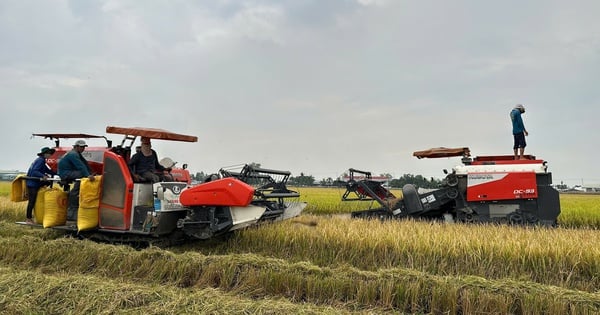

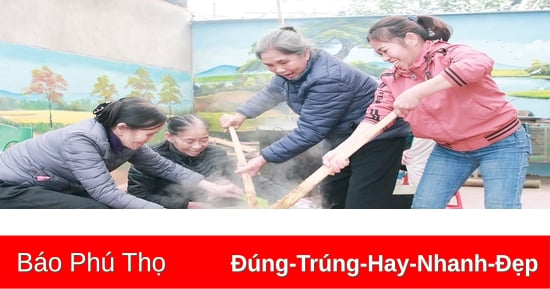
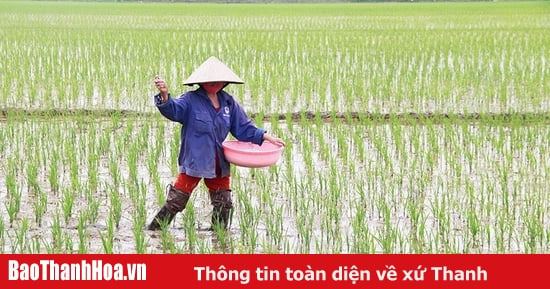











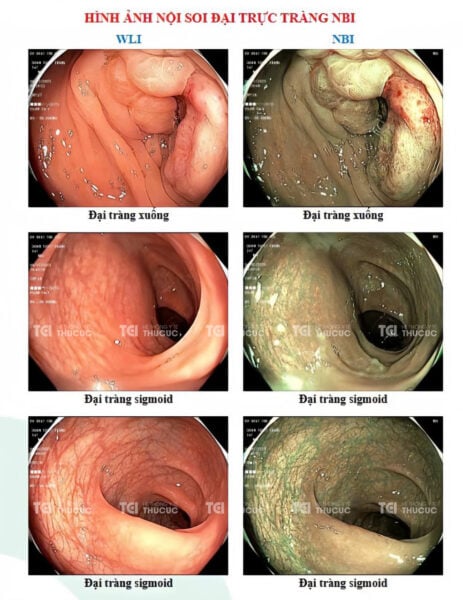



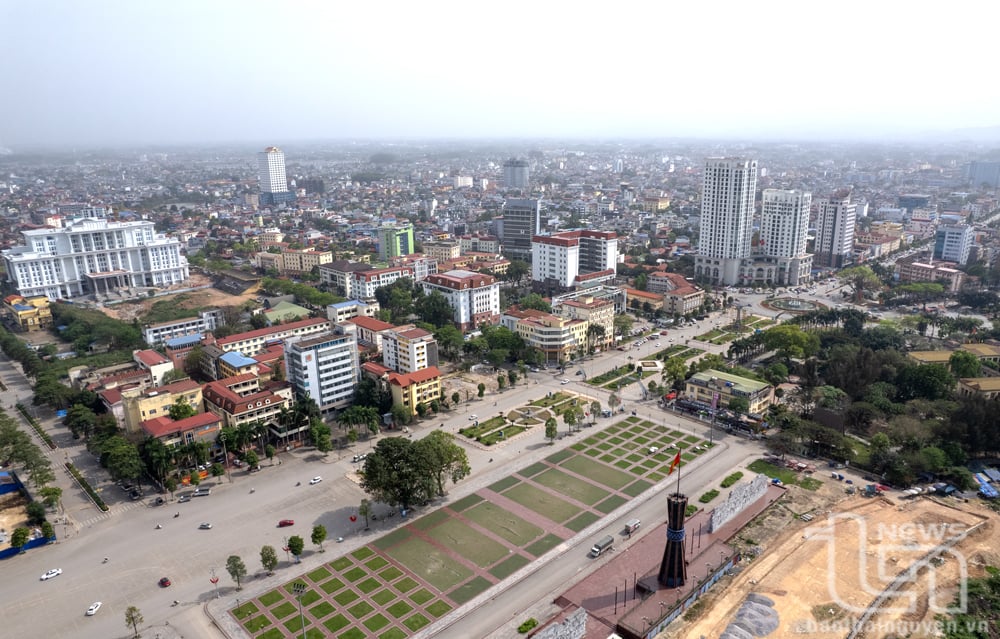
![[Photo] President Luong Cuong meets 100 typical examples of the Deeds of Kindness Program](https://vstatic.vietnam.vn/vietnam/resource/IMAGE/2025/4/16/ce8300edfa7e4afbb3d6da8f2172d580)




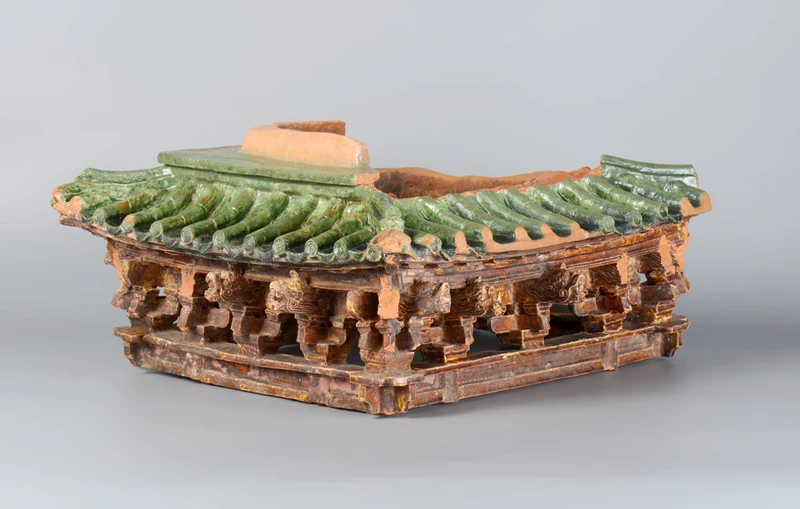


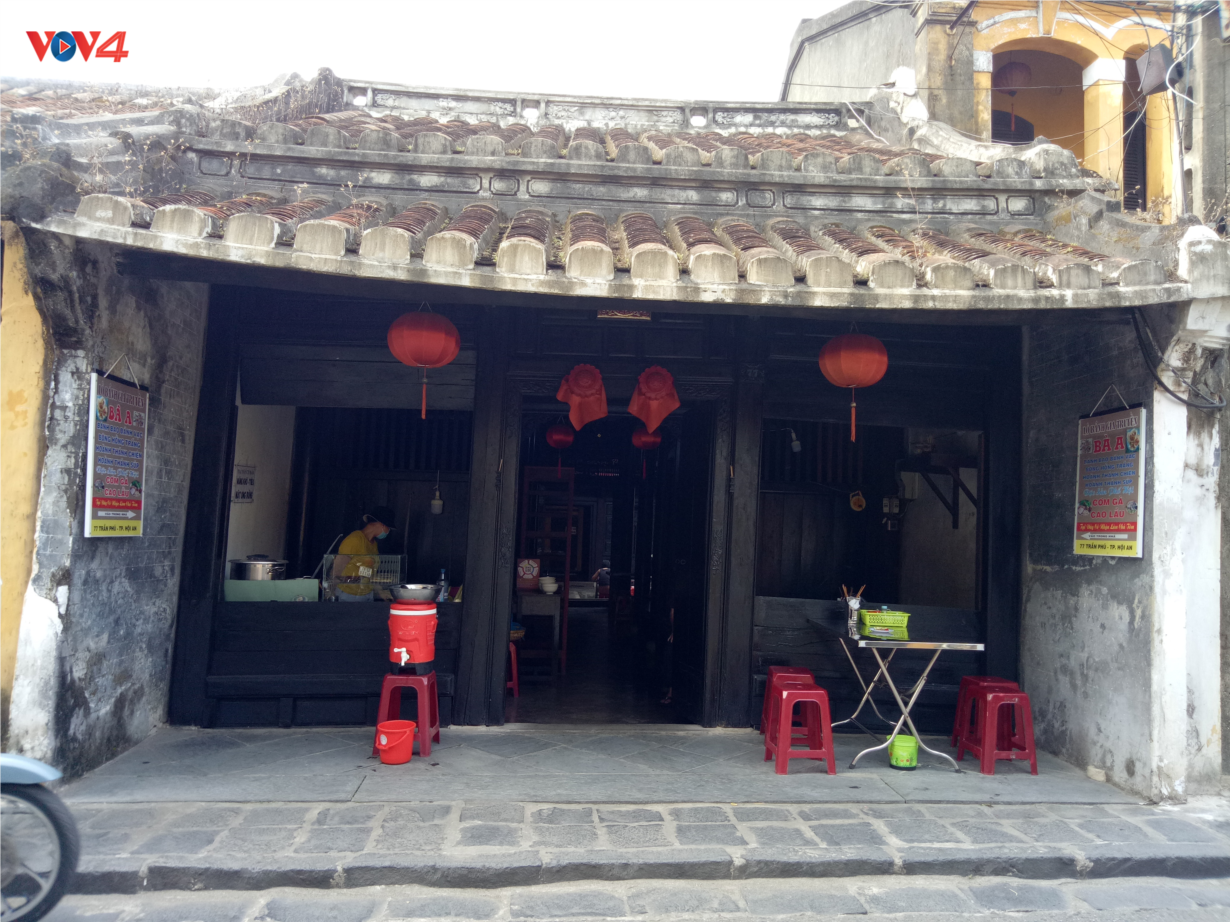







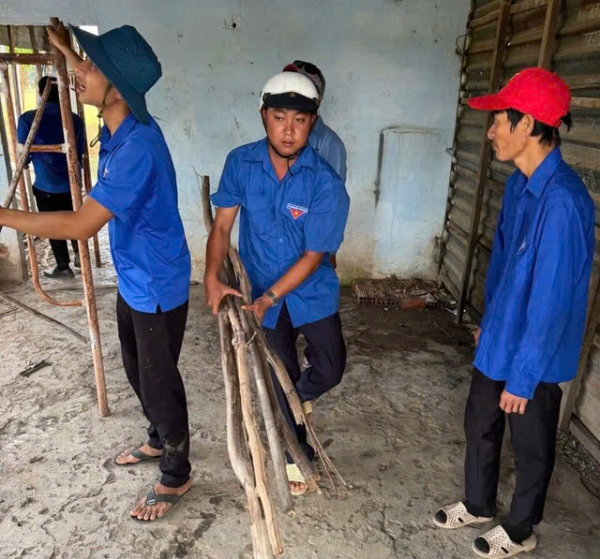















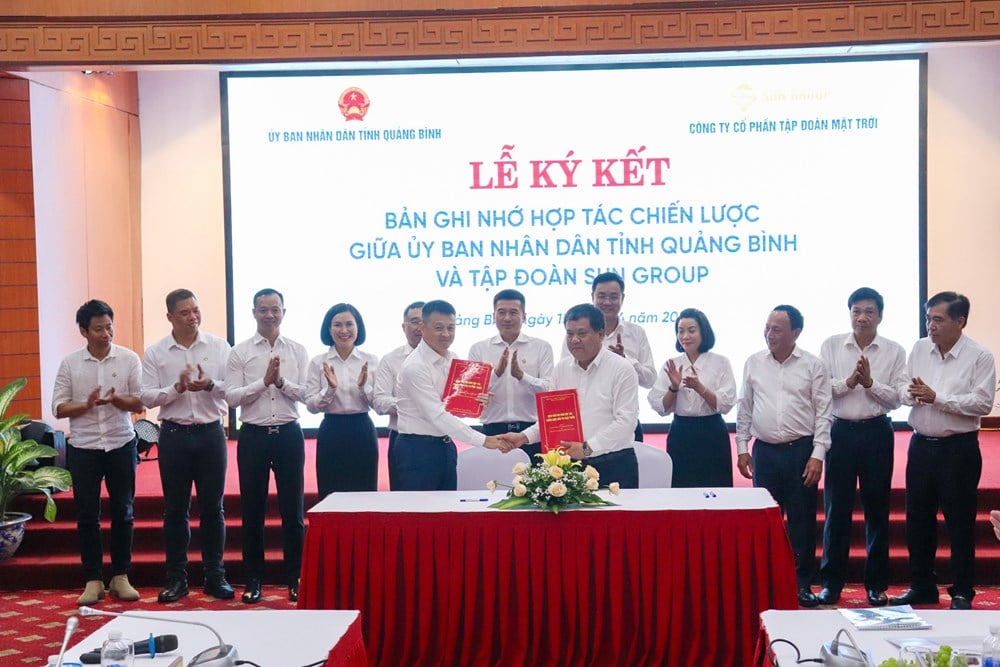







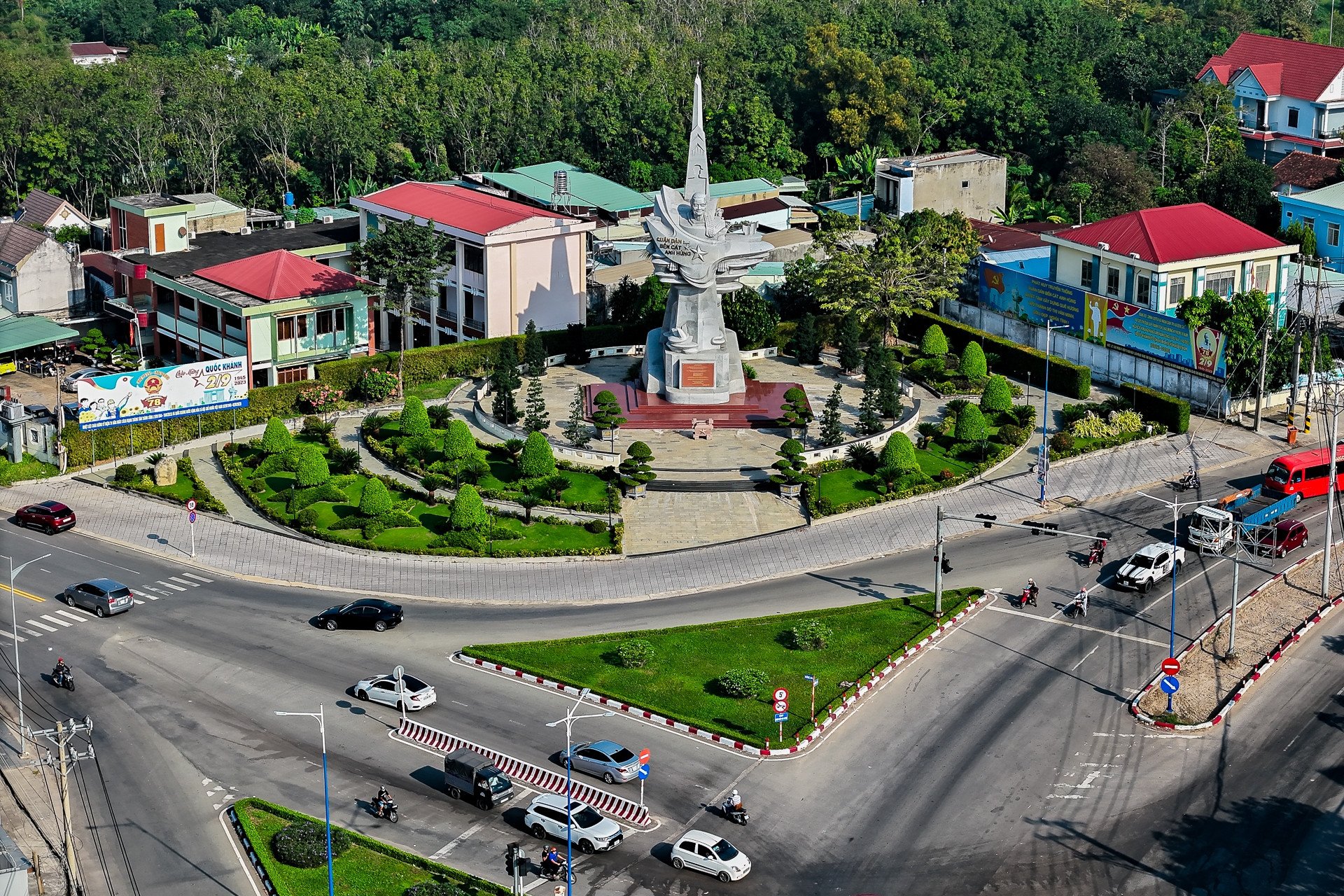





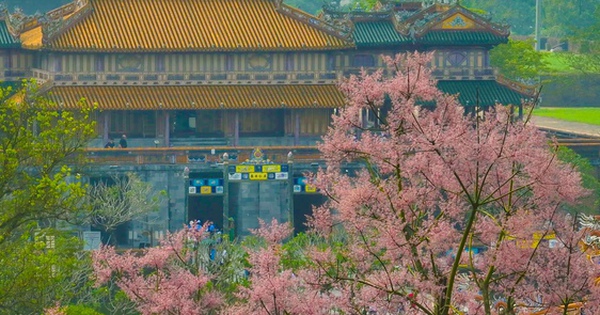






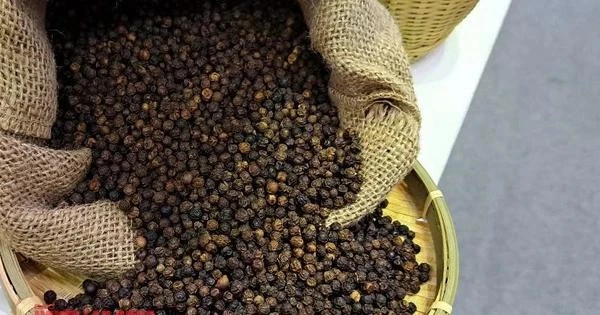








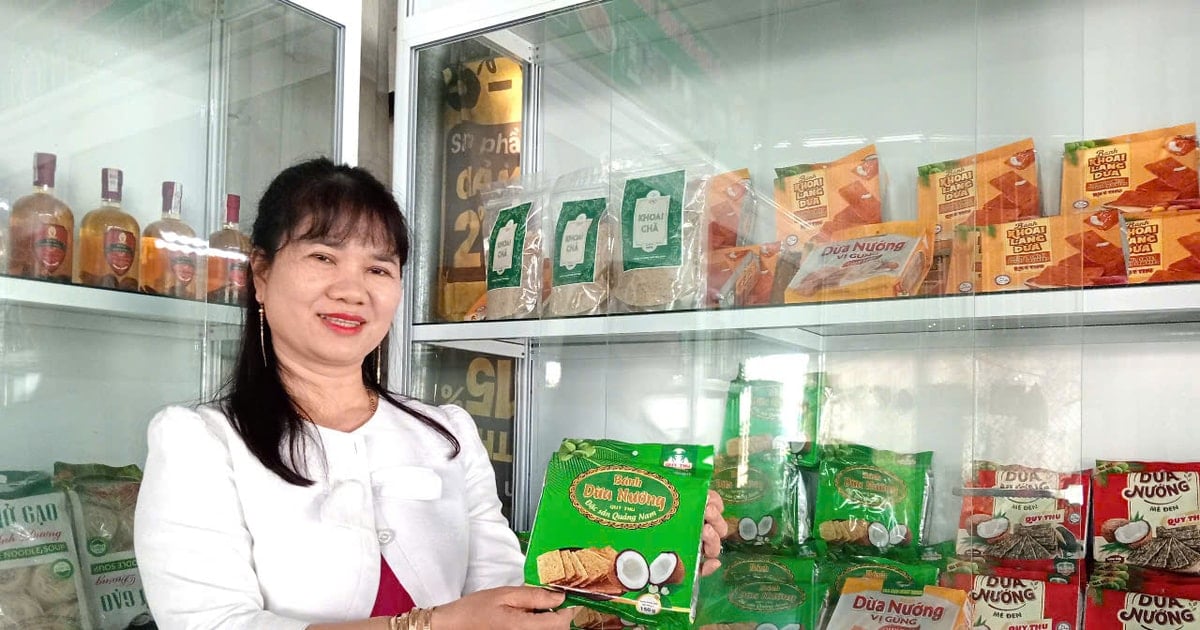



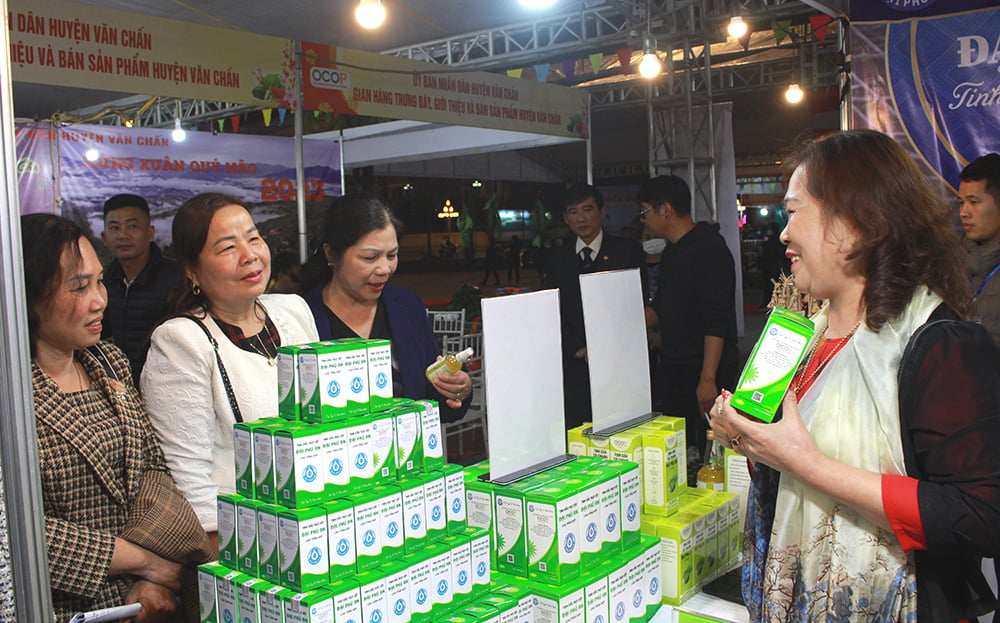

Comment (0)